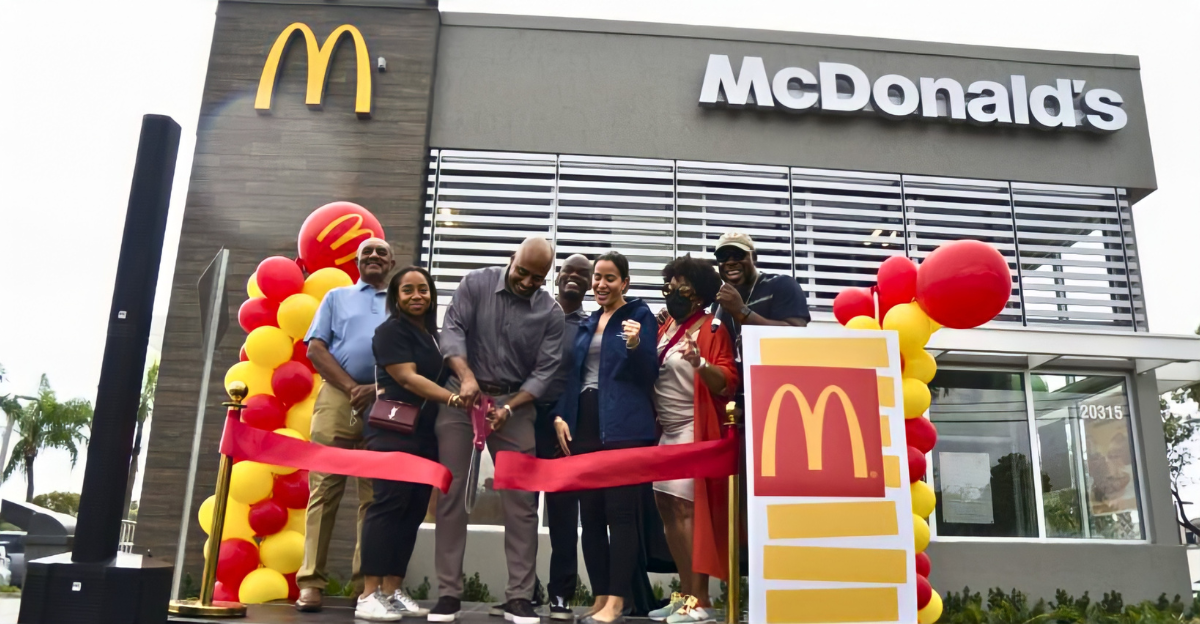
McDonald’s unveiled its most ambitious expansion blueprint to date, aiming for 50,000 global restaurants by 2027. The plan – described by the company as the “fastest period of growth in [its] history” – implies adding roughly 10,000 new stores worldwide (about 900 in the U.S. alone) in just four years. Remarkably, this announcement came as McDonald’s posted its steepest U.S. sales decline since the pandemic: comparable sales slid 3.6% in Q1 2025.
Even as customers retrench, McDonald’s is doubling down on growth – a striking contrast between short-term struggles and long-term ambition.
Economic Crossroads
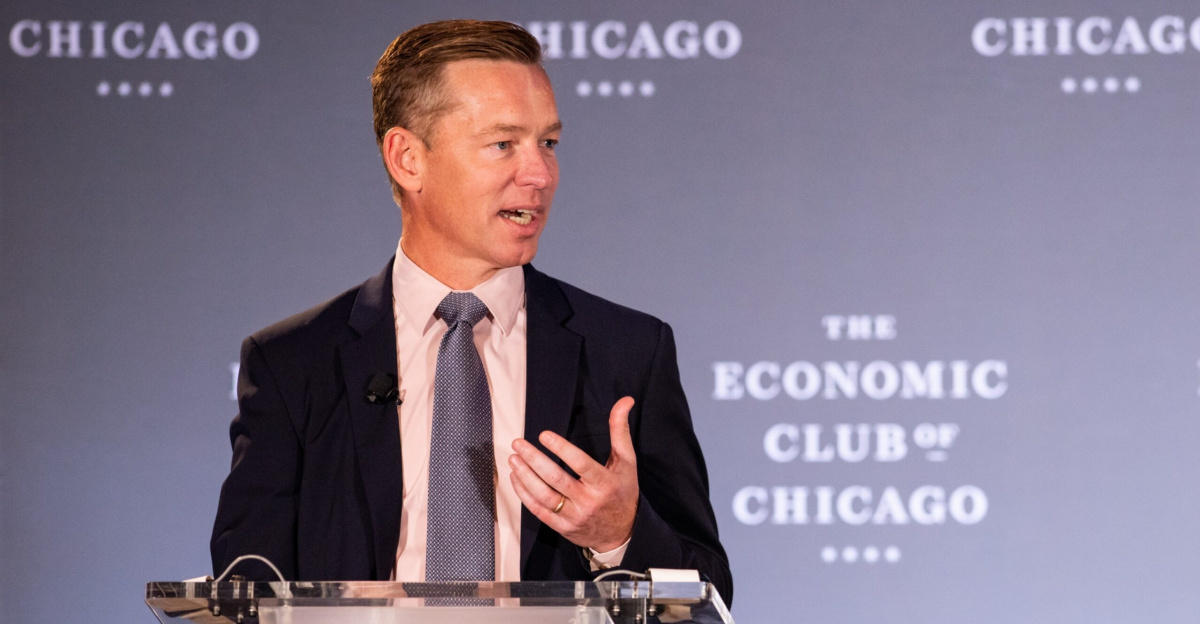
Yet this expansion plan emerges amid intense consumer belt-tightening. In Q1 2025, U.S. visits by low- and middle-income customers plunged nearly 10% – the worst drop since COVID lockdowns – even as high-income guest traffic held steady. McDonald’s total loyalty-program sales still exceed $31 billion, but CEO Chris Kempczinski warned that many Americans are “grappling with uncertainty” under inflationary pressure.
The quarter’s results reflected this caution: global revenue fell about 3–3.5% (to roughly $5.96 billion) and operating income declined, missing forecasts by ~$160 million.
Industry Evolution
Meanwhile, the quick-service industry itself is booming. One market study projects U.S. QSR sales at about $406 billion now, climbing to nearly $663 billion by 2029. McDonald’s still grabs roughly 40% of that spending, even as specialty chains (from Chick-fil-A to Dutch Bros) intensify competition. And franchising continues to outpace the broader economy: the International Franchise Association forecasts quick-service franchises will generate about $322 billion in U.S. economic output in 2025 (a 5.4% jump year-over-year), with total QSR units rising ~2.2% to ~204,000 locations.
Mounting Pressures
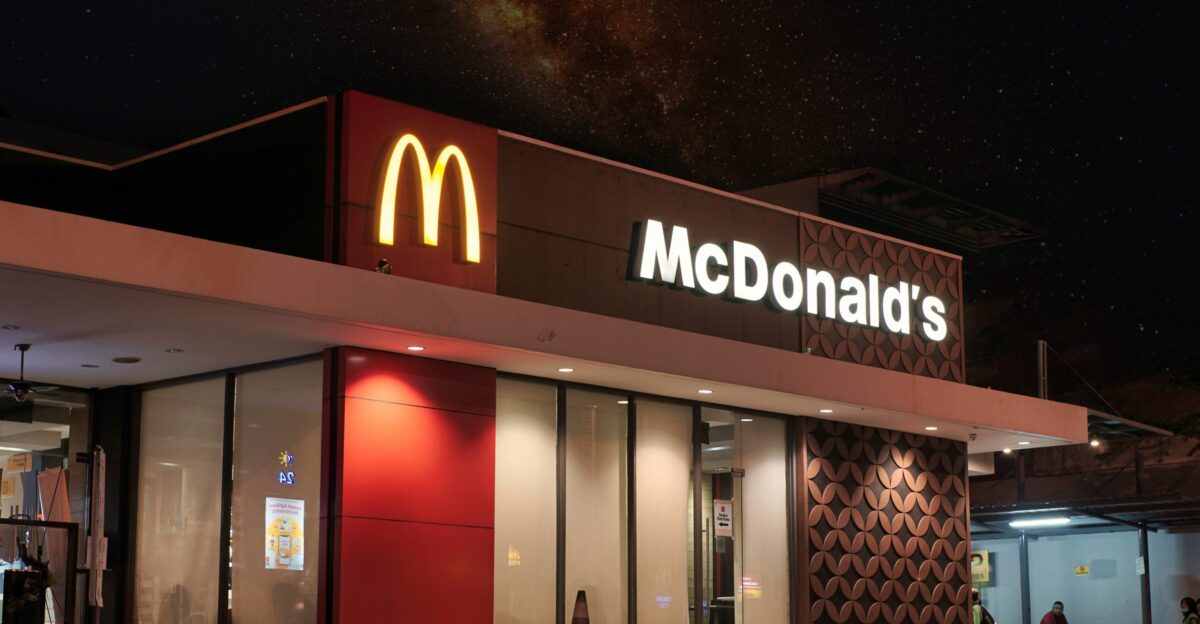
But McDonald’s faces its headwinds. Key operating costs have surged across the board: for example, processing fees, labor and food costs are roughly 30% higher than five years ago, forcing average menu prices up about 27%. New labor laws also bite: states like California now require $20/hour minimums for large chains. At the same time, foot traffic is soft. Placer.ai reports McDonald’s U.S. restaurant visits were down ~2.6% in early 2025 as many shoppers eat at home.
A recent poll found 78% of Americans now view fast food as a “luxury” purchase, often opting to cook at home for value. Rising costs and skittish consumers are squeezing margins and cutting into visit frequency across the fast-food sector.
Expansion Revealed
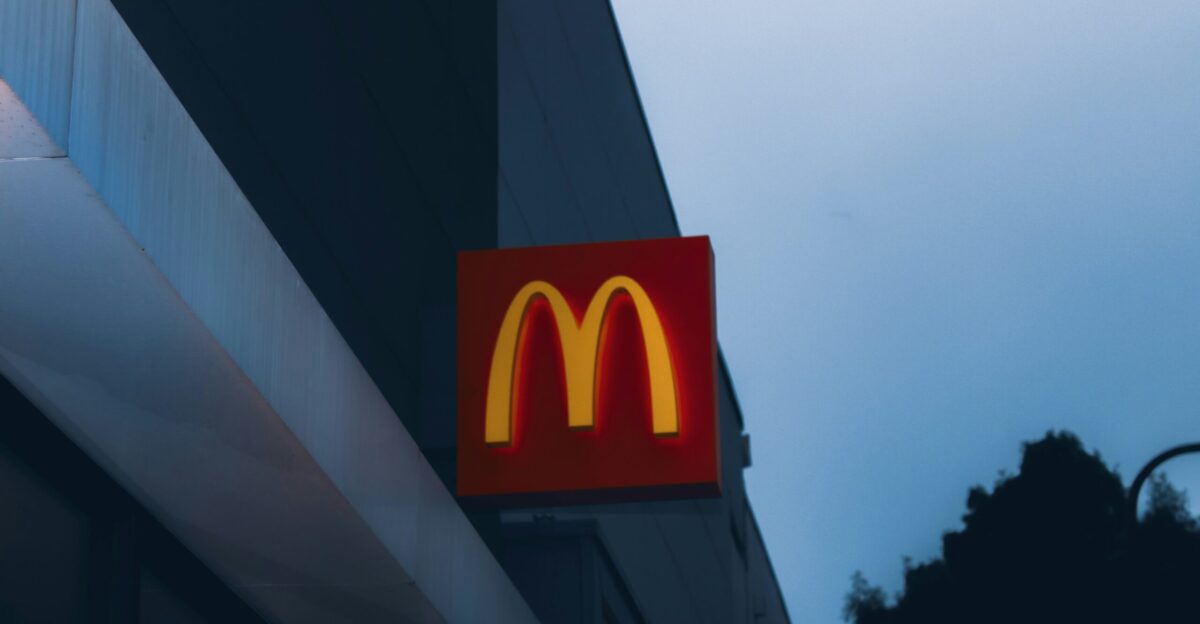
Then, on December 6, 2023, McDonald’s laid out the details of the plan. The “Accelerating the Arches” strategy calls for about 900 new U.S. restaurants by 2027 as part of its goal to reach ~50,000 locations company-wide. Investor-day slides show this requires roughly 1,000 openings per year in domestic and company-run international markets by 2027.
The company called it the “fastest period of growth in brand history”. In other words, a previously mature market incumbent is suddenly behaving like a high-growth startup – a move that resets industry expectations for how quickly chains can expand.
Regional Impact
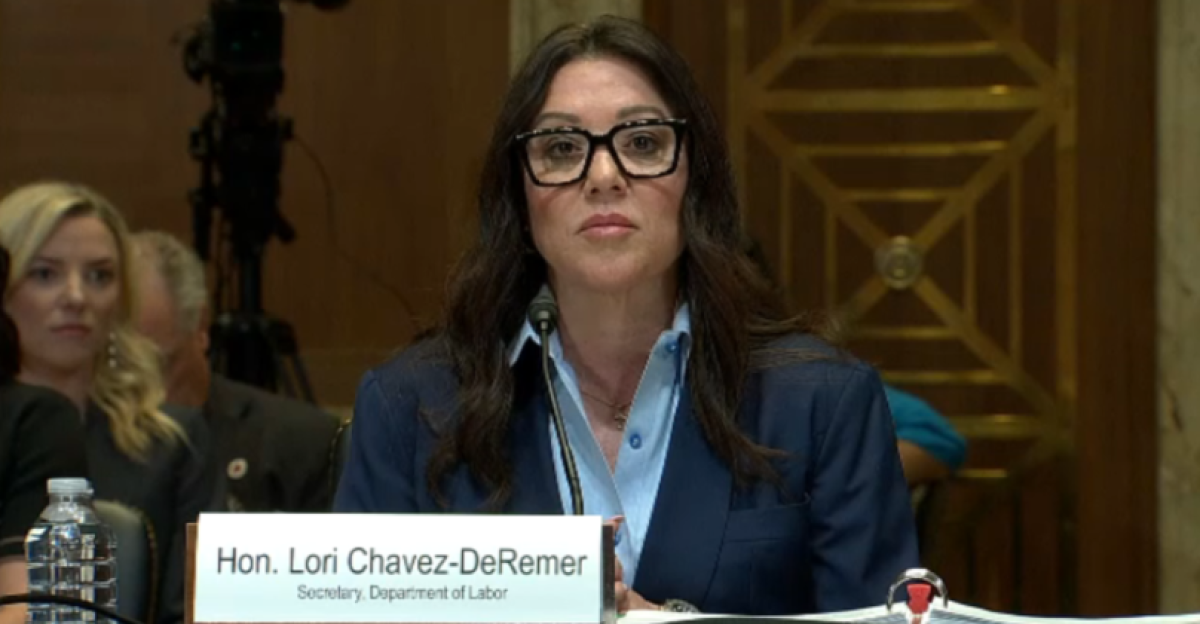
Locally, the build-out will have large economic ripples. McDonald’s announced a U.S. hiring drive for 375,000 workers this summer – its largest in five years – to staff both existing and new restaurants. U.S. Labor Secretary Lori Chavez-DeRemer joined McDonald’s USA President Joe Erlinger at an Ohio event, calling the expansion “sparking a ripple effect of prosperity” for workers and communities.
Each McDonald’s outlet averages about $2.7 million in annual sales, meaning new locations can generate substantial local payroll and tax revenue.
Human Stories
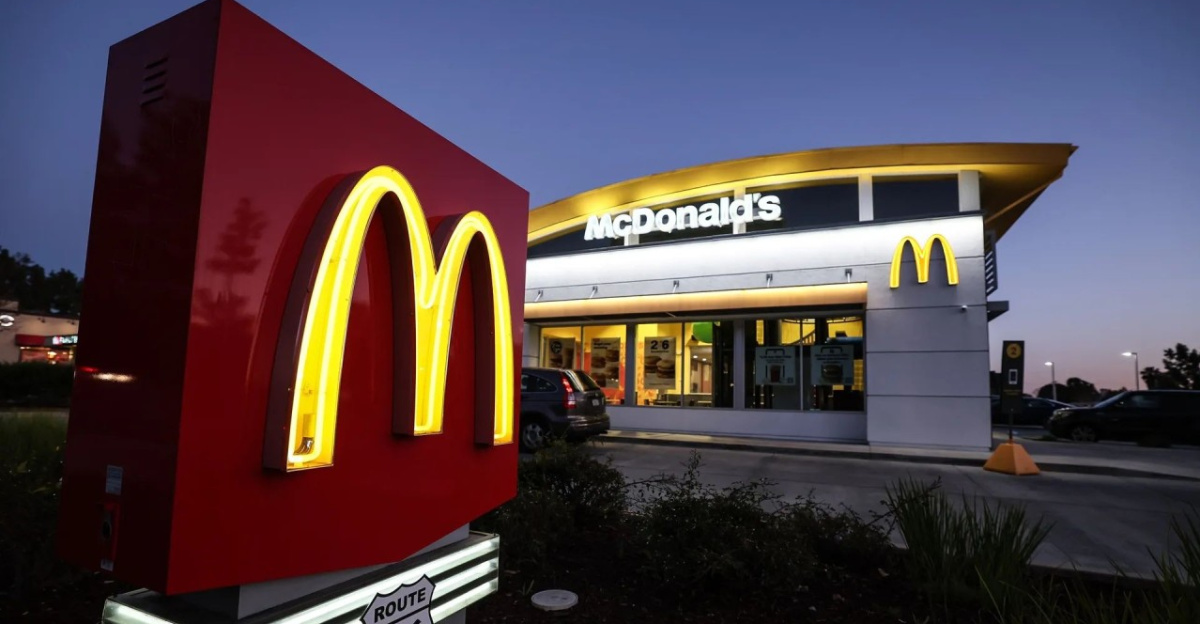
Beyond numbers, McDonald’s is highlighting the people involved. President Erlinger emphasized that crew members are “the heart and soul” of the brand – and that 20,000 jobs in Ohio alone translates to “20,000 opportunities” for local families. The company also celebrated the 10th anniversary of its Archways to Opportunity program, which has helped 90,000 employees with education and training.
Workers like Anamaria Monterroso exemplify the impact: “Just because you work in fast food doesn’t mean your dreams end there,” said Monterroso, an eight-year McDonald’s employee now earning a college degree with the company’s support.
Competitive Response
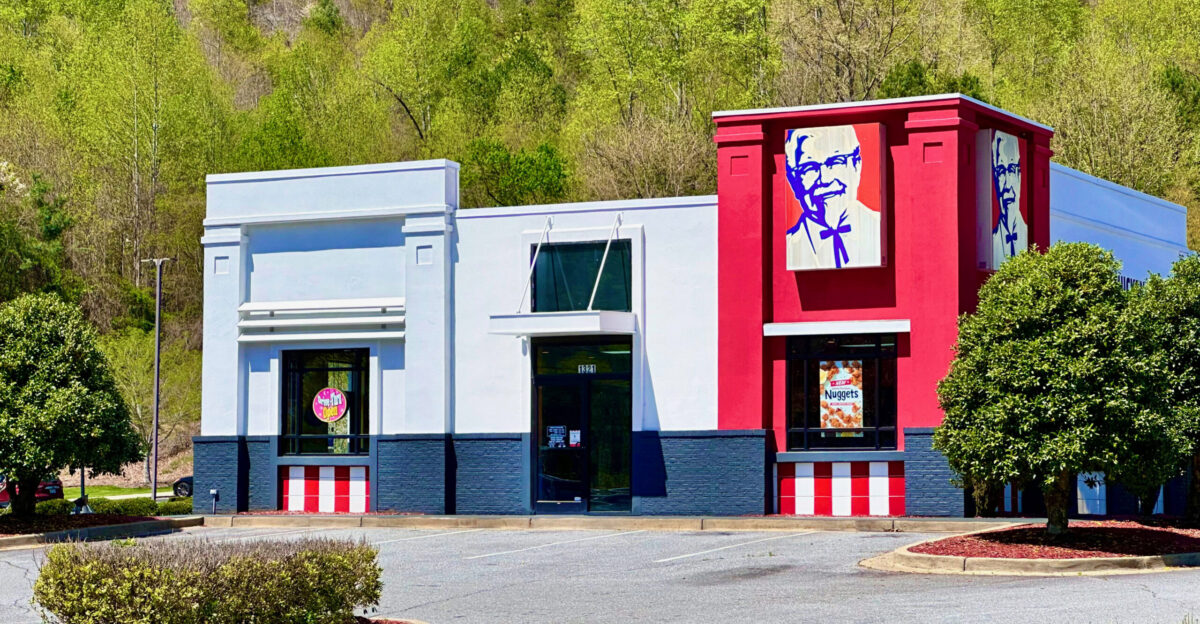
Competitors responded swiftly. For example, Wendy’s has outlined plans for roughly 1,000 new restaurants by 2028(aiming for ~$18 billion in system sales) to keep pace. Starbucks has likewise launched a long-term push, targeting 55,000 global stores by 2030 as part of its growth strategy. McDonald’s itself is reorganizing internally – creating dedicated “Restaurant Experience Teams” for burgers, chicken and beverages – to sharpen its focus against KFC, Chick-fil-A and niche beverage chains. And industry data show quick-service units still growing: total QSR locations should top ~204,000 by 2025.
Economic Engine

Financially, McDonald’s expansion is underpinned by its real estate-heavy model. About 39% of McDonald’s revenue (around $9.5 billion in 2023) comes from rents and fees paid by franchisees, not just food sales. The company’s $43.6 billion portfolio of land and buildings (78% of assets) provides a fortress of reliable cash flow. As a result, McDonald’s enjoys exceptionally high profitability – operating margins near 45.7% (versus far lower margins at most rivals). Each new restaurant immediately adds rent revenue and long-term property value.
That durable income stream has supported 47 straight years of dividend increases, highlighting how McDonald’s real estate lets it grow aggressively while still rewarding shareholders.
Future Trajectory
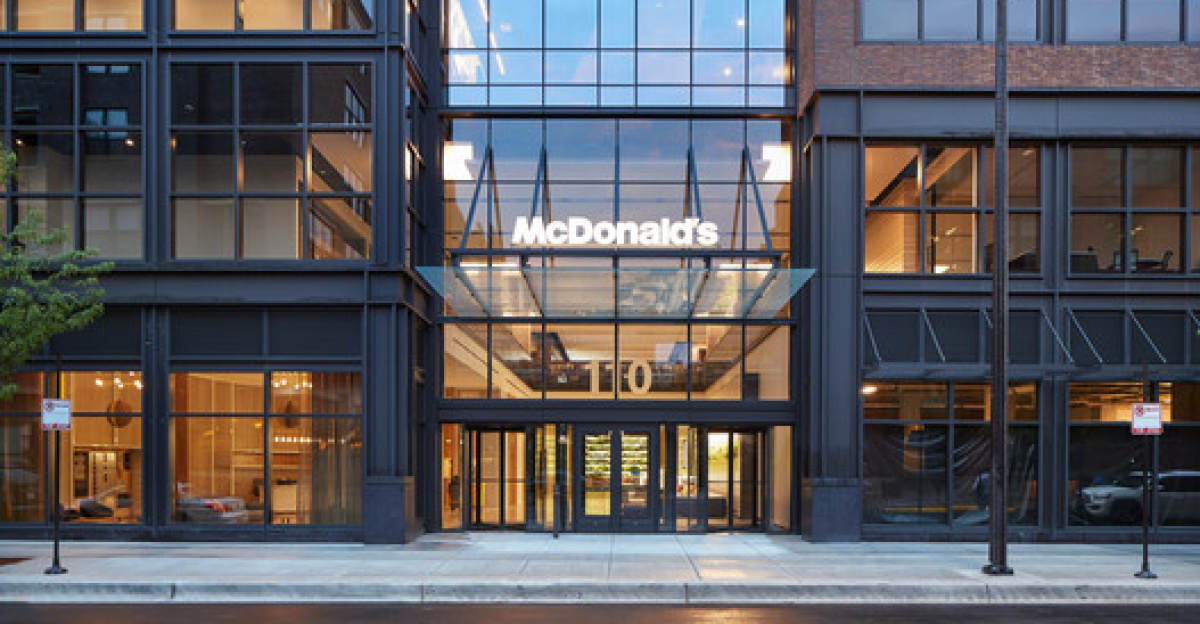
Looking ahead, McDonald’s is positioning to capture even more market share as competitors falter. The global QSR market is projected to hit about $1.93 trillion by 2032, and McDonald’s timing seeks to ride that wave. If this works, McDonald’s will cement its leadership for the decade by serving customers that smaller rivals can’t.
But the company also faces risks: it must execute this massive build-out while managing tight consumer wallets and complex operations. Will McDonald’s bold bet prove a visionary leap forward – or an overextension in a fragile economy?
